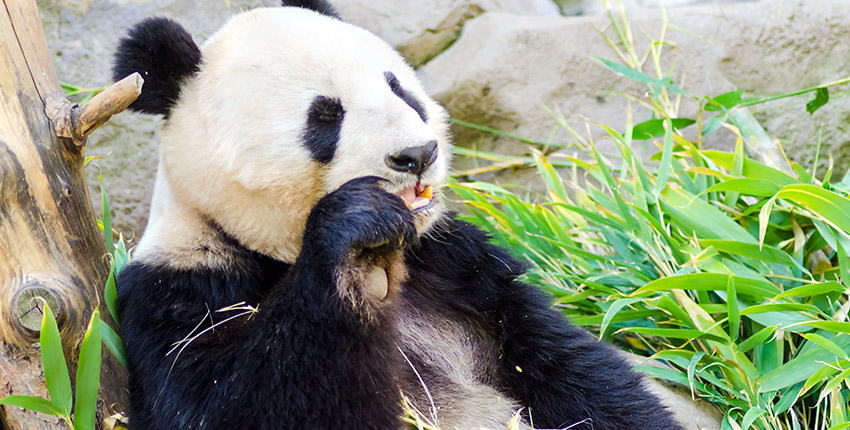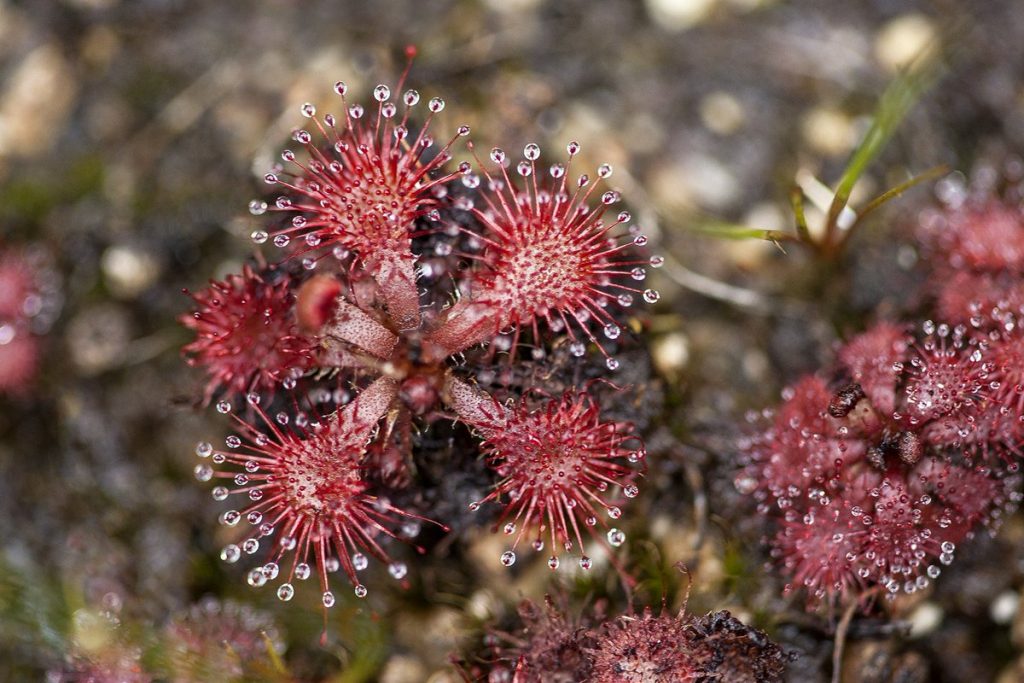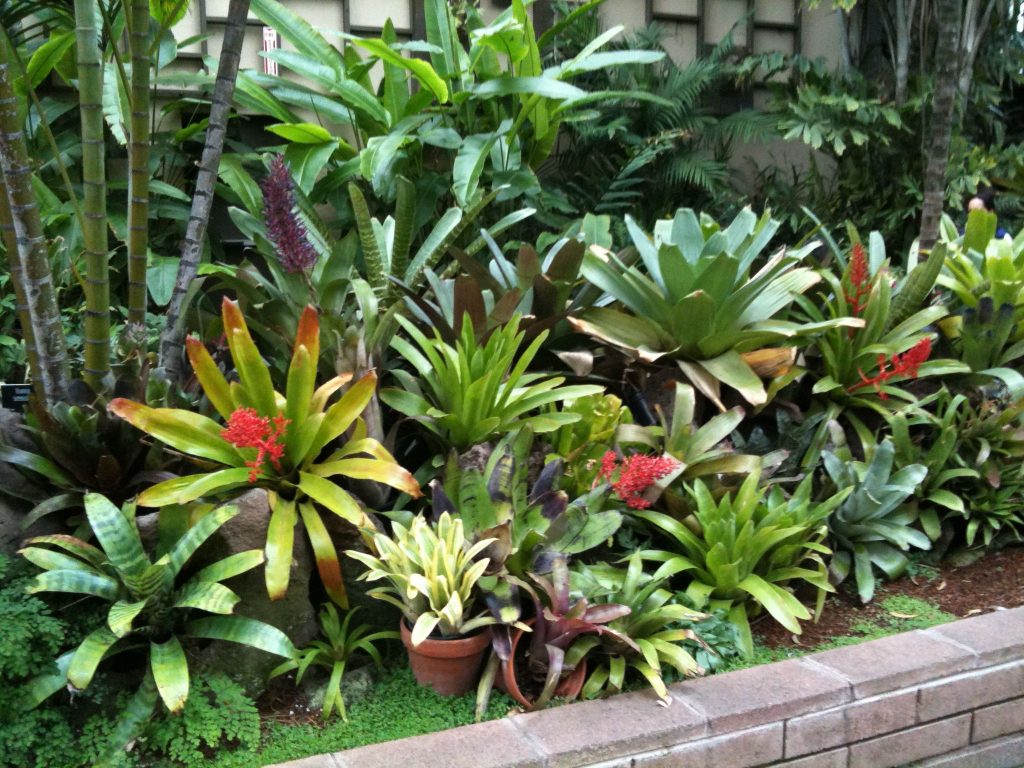The “World Famous” San Diego Zoo’s two giant pandas will return to China at the end of April. Bai-Yun, 27, and her son, Xiao Liwu, 6, are probably the Zoo’s most popular animals (maybe after the koalas). So you’ve got about a month left to see them and wish them farewell. You might be fighting the crowds, but it shouldn’t be quite as bad as the superbloom frenzy. If you’re from out of town, the zoo is a must visit.

Say farewell to the San Diego Zoo’s giant pandas, then stay and enjoy its amazing collection of rare and endangered plants from around the world.
But a lot of people miss one of the most impressive things about the San Diego Zoo: the plants!
In addition to all of the animals, the San Diego Zoo has thousands of plants as part of the animal habitats. The Zoo offers “Plant Day” on the third Friday of every month, with a chance to wander inside the usually closed Orchid House and a variety of self-guided Botanical Walking Tours to discover more about this garden of earthly delights. The next one is on April 19 – check it out.
The Zoo also has eight specific accredited plant collections. The next time you visit the koalas, there are all kinds of botanical wonders from Down Under near the koalas and our other Australian and New Zealand animals. You can see Queensland lacebark trees, New Zealand Christmas trees, flaxleaf paperbarks, Australian flame trees, and, of course plenty of eucalyptus. Many will look familiar to San Diegans. Our climate is so similar to Australia, many of the Australian plants and trees were brought in as exotic novelties in the 1800s and early 1900. Today they have become common landscaping plants. A lot of people probably think eucalyptus trees are native to California – not true!
We love bromeliads at Good Earth Plants, delivering thousands a year to brighten up our clients offices and homes. There is a vast bromeliad collection next to the Zoo’s Hummingbird Aviary. There are about 2,000 species of this rain forest plant. Did you know that a pineapple is a bromeliad? Most bromeliads collect a pool of water in their centers and flower above the cup. When insects and small animals stop by for a dip, drink, or to eat the microorganisms and larvae growing in the cup, the blossoms also dip ??? and pollination occurs. Cool.
The Zoo works just as hard at plant conservation as it does on animal conservation. As habitats continue to disappear around the world, plants have an important role in their survival. Without plants to provide oxygen, moisture, food, and shelter, the habitat and its animals can’t survive. And – this goes for human beings, too.
The San Diego Zoo works with worldwide partners to help save some of the most endangered plant species, similar to its efforts with partners to save the giant panda. Some of the plants Zoo botanists are focused on saving include coral trees, palms, cycads, and orchids nearly extinct in their native habitats. The San Diego Zoo Institute for Conservation Research maintains the “Frozen Garden,” a collection of preserved seeds from plants all over the world.
The Zoo is also one of 50 partners with the Center for Plant Conservation, a consortium of botanical gardens that collaborate on plant conservation initiatives.

There are more species of planta at the San Diego Zoo than animals – and many of them are in danger of extinction.
CPC maintains the CPC National Collection of Endangered Plants, a living conservation collection of endangered plants, by working to collect and manage living seeds and plants, advancing our understanding of threats as well as means to save these species, and by communicating with partners within the CPC network to ensure that all are using the best and most up-to-date means possible to Save Plants.
There are 4,400 different kinds of endangered plant species just in North America. The CPC now has over one third of them (1,500 of 4400 kinds) secured in the CPC National Collection. There are active research programs going on in dozens of organizations in the U.S., all working to overcome conservation challenges for the remaining two thirds of threatened North American plants. CPC partners are working on projects including seed storage, plant propagation and preservation/recovery of species in the wild.
This is the bottom line, and we’ve said it often at Good Earth Plant Company: without plants, there is no life on earth including human beings. Plants are essential to our quality of life and essential to our survival. Plants create and clean the air, water and soil and provide food, clothing, medicine and shelter for the Earth’s seven billion human inhabitants.
Plants have value providing us an escape from our hectic, technology driven lives. They keep us connected to nature, even in a small way. Plants have economic value and have provided us with so many products vital to our lives, and even medical treatments curing many conditions and diseases. Do you have a new appreciation of plants? We hope so!
So when you go to say goodbye to Bai Yun and Xiao Liwu (and we know you will), take a deep breath in, enjoy all the clean oxygen and the beautiful surroundings, and give the Zoo plants a little love and appreciation, too. Maybe a plant selfie or two also?
When you want a professional to help you out with bringing some nature inside, please give us at Good Earth Plant Company a call at 858-576-9300.

